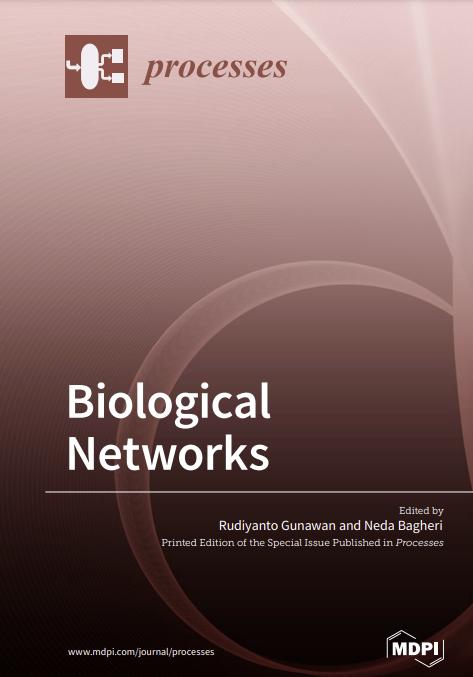Biological Networks
Editorial: MDPI
Licencia: Creative Commons (by-nc-nd)
Autor(es): Gunawan, Rudiyanto y Bagheri, Neda
Networks of coordinated interactions among biological entities govern a myriad of biological functions that span a wide range of both length and time scales—from ecosystems to individual cells, and from years (e.g., the life cycle of periodical cicadas) to milliseconds (e.g., allosteric enzyme regulation). For these networks, the concept of “the whole is greater than the sum of its parts” is often the norm rather than the exception. Meanwhile, continued advances in molecular biology and high-throughput technology have enabled a broad and systematic interrogation of whole-cell networks, allowing for the investigation of biological processes and functions at unprecedented breadth and resolution, even down to the single-cell level. The explosion of biological data, especially molecular-level intracellular data, necessitates new paradigms for unraveling the complexity of biological networks and for understanding how biological functions emerge from such networks.
These paradigms introduce new challenges related to the analysis of networks in which quantitative approaches such as machine learning and mathematical modeling play an indispensable role. The Special Issue on “Biological Networks” showcases advances in the development and application of in silico network modeling and analysis of biological systems.
[Basel: 2018]
Compartir:
Una vez que el usuario haya visto al menos un documento, este fragmento será visible.


